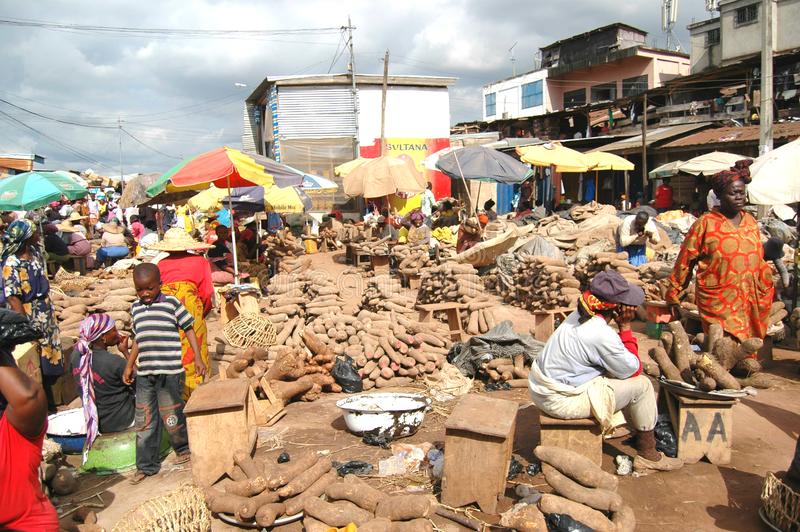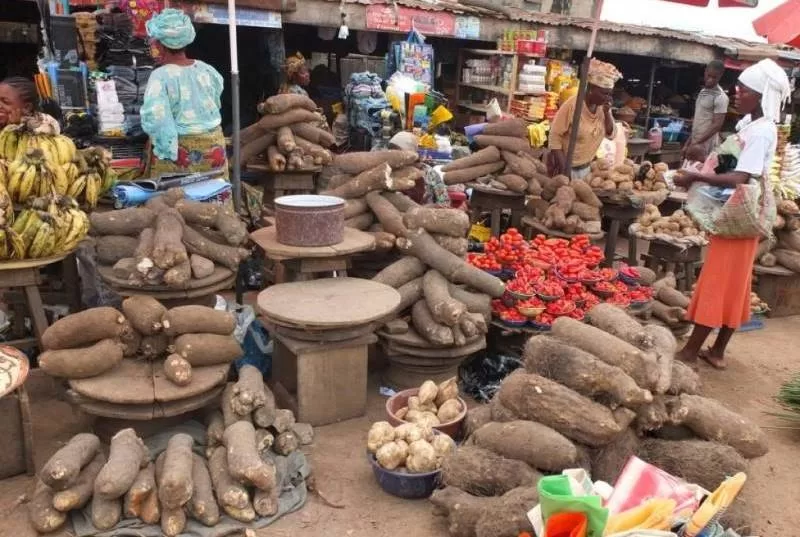The Upper East Region recorded an overall inflation of 33.6 per cent in the Month of October with food inflation topping the chart of all commodities in the Region with 34.9 per cent.
According to data from the Ghana Statistical Service on the Consumer Price Index, it is the region with the second highest rate of inflation in the Northern part of Ghana after the Savannah Region.
The Savannah Region recorded the highest rate of inflation with 47.6 per cent, the North East recorded 33.1 per cent, the Northern Region recorded 27.3 per cent and the Upper West recorded 27 per cent.
However, most consumers in the upper East Region have disagreed with the inflation figure by the Ghana Statistical Service, particularly on food, saying the cost of all food commodities in the various Markets in the region in the month of October went up far higher than that.
At that same period, a bowl of local rice at the Navrongo Market rose from GH₵15.00 to GH₵24.00 and from GH₵14 to GH₵23.00 at the rice mills.
Mrs Felicity Awuni, a teacher by profession, in an interview with the Ghana News Agency (GNA) at the Bolgatanga Market, said the figure of inflation could not be true given the hikes in food stuff in the month of October.
“I was surprised to see our food inflation figure as 34.9 per cent, it can’t be, because food prices went too high in October from September, to the extent that certain foods like tomatoes were double of their prices sold in September” she stated.
Madam Agnes Ayinpoka Akolgo, a consumer, told the Ghana News Agency that prices of commodities in the month of October was unprecedented as it worsened the woes of consumers.
“It was October that food vendors stopped selling food like rice at GH₵3.00, the same ball of kenkey we were buying at GH₵2.00 rose to GH₵3.00, and clearly I could not again use GH₵100 to buy 6 bowls of rice as was the case in September,” she stated.
Nmah Mboo, a leader of the foodstuff traders at the new Market in Bolgatanga, said “the month of October was really interesting, it came with a lot of difficulties as far as food is concerned, it was such that you will sell foodstuff one day and can’t use your profit including the capital to buy same foodstuff the next day, so prices really shot high”, she stated

















